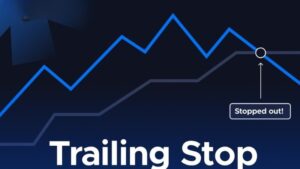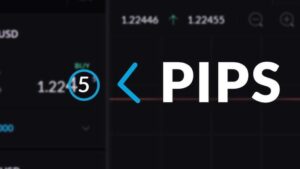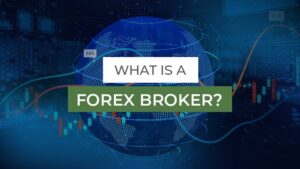If you are a forex trading enthusiast, you’ve definitely heard of MetaTrader 4 (MT4) and MetaTrader 5 (MT5). These two platforms, developed by MetaQuotes, dominate the global forex trading market.
Whether you are a beginner or an experienced trader, choosing the right platform is essential.
So, what exactly are the differences between MT4 and MT5? Which platform better fits your trading strategy? Let’s dive into a detailed comparison to help you find the perfect match.
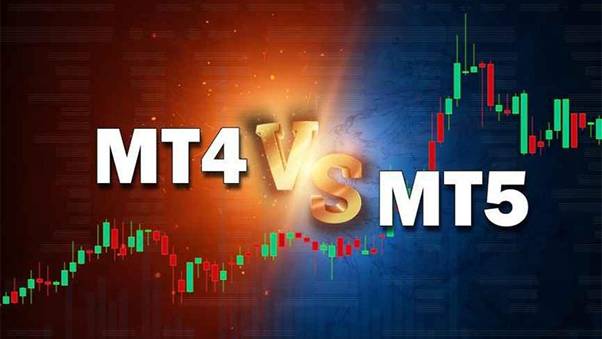
MT4 vs MT5: Key Differences
MT4: The classic king of forex trading
Since its launch in 2005, MT4 has quickly become the industry standard.
Known for its stability, user-friendly interface, and powerful technical analysis tools, MT4 remains a favorite among traders.
- Designed for forex trading: Mainly supports currency pairs, with limited CFD features.
- Robust technical indicators and charting tools: Includes 30+ built-in indicators, ideal for short-term traders.
- EA trading (Expert Advisors): Supports automated trading strategies coded in MQL4.
- Broad broker support: Most forex brokers still use MT4 as their primary platform.
However, MT4 is limited to the forex market and lacks advanced tools like Depth of Market (DOM) or more complex order management functions.
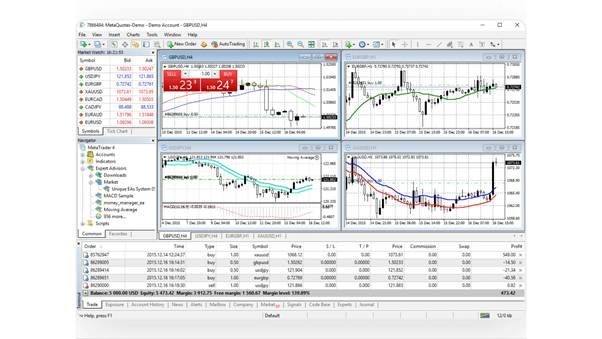
MT5: Advanced trading platform that supports more assets
Launched in 2010, MT5 was designed as a multi-asset platform. It supports not only forex trading but also stocks, futures, commodities, and cryptocurrencies.
- Multi-market support: Trade forex, stocks, indices, futures, and cryptocurrencies.
- Enhanced technical analysis tools: Comes with 38 indicators and 21 timeframes for advanced strategies.
- More order types: Offers 6 types of pending orders (compared to MT4’s 4) for greater flexibility.
- Built-in Depth of Market (DOM): Provides more detailed market data and order management options.
- Faster order execution: With multi-threading support, MT5 executes trades faster than MT4.
One challenge with MT5 is that it uses MQL5, making MT4 EAs incompatible without modification—a learning curve for those used to MT4 automation.
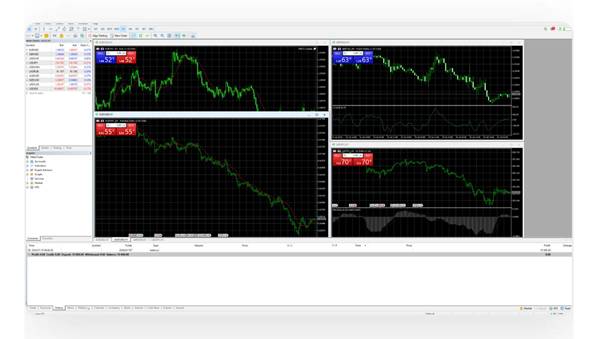
UK investors: Real test with Ultima Markets
| Feature Highlights | MT4 | MT5 |
| Release Year | 2005 | 2010 |
| Primary Markets | Forex, CFDs | Forex, stocks, futures, crypto |
| Technical Indicators | 30+ | 38+ |
| Timeframes | 9 | 21 |
| Pending Order Types | 4 | 6 |
| Economic Calendar | No | Yes |
| Depth of Market (DOM) | No | Yes |
| Depth of Market (DOM) | MQL4 | MQL5 |
Is MT4 or MT5 more suitable for beginners?
For beginners, MT4 is generally more user-friendly. Its interface is intuitive, learning costs are lower, and there are plenty of EAs available for practice.
However, if you want to diversify beyond forex into markets like stocks, futures, or crypto, MT5 is a better option. Mid- to long-term traders benefit particularly from MT5’s advanced tools and market depth features.
MT4 vs MT5 Selection Guide
Choose MT4 if you:
- Primarily focus on forex trading
- Rely on MT4 EAs for automated trading
- Prefer a simpler, more intuitive interface
- Mainly do short-term trades like day trading
Choose MT5 if you:
- Want to trade multiple asset classes (stocks, futures, crypto)
- Need more indicators and advanced analytical tools
- Want faster trade execution
- Prefer advanced features like market depth and economic calendars

Conclusion
Both MT4 and MT5 have unique advantages. The best choice depends on your trading goals. MT4 remains a solid, reliable choice for forex-focused, short-term traders. On the other hand, MT5 provides the versatility and power needed for multi-asset and advanced strategies.
Whichever platform you choose, test your strategy using a demo account with Ultima Markets to find the tools that best fit your style and make your trading journey smoother.
